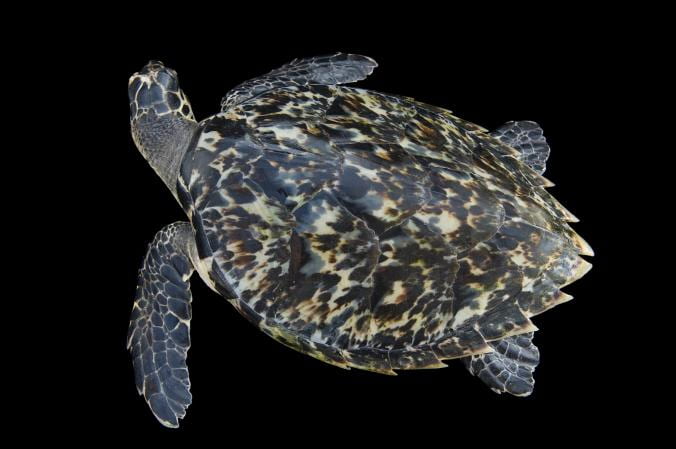“A refined cruelty”: The Natural Cost of Material Indulgence
By Bethany McGlyn, WPAMC Class of 2020
My first days at Winterthur were a whirlwind of introductions, tours, names, and dates. While I began this program with some knowledge of American decorative arts, I quickly realized how much I have to learn. So, when it came time to pick my first object to research, I knew that I wanted a challenge. I was immediately drawn to a small, late 18th/early 19th century snuff box made of ivory and tortoiseshell – two materials I knew nothing about.

Snuff Box, made of Ivory, Tortoiseshell, Watercolor, Colorless Glass, and Metal. Photo by Bethany J. McGlyn. Winterthur Museum, Garden, and Library. 1961.1213 A,B
As European colonizers invaded the Americas in the 15th century, they marveled at Native Americans’ use of tobacco and brought knowledge of the plant back to the European continent. Tobacco culture then swept through European society, requiring fashionable smokers and snuffers across the Atlantic to add a new type of object to their material landscape: containers in which to store their magic herb.
I quickly learned that the history of tobacco and snuff boxes, bottles, and pouches is one that is surprisingly long and complex. Style, material, and overall form can change dramatically depending on time period and geographic area. Examining this example led me to believe that this particular snuff box was made in Europe, perhaps France, due to the country’s access to ivory and tortoiseshell, and a long tradition of snuff box manufacturing. Though it may have been made in Europe, this box was likely created for export to the United States due to its miniature portrait of George Washington.
This tiny box may have taken its place on a dressing table, sideboard, or even in the pocket of an early American man or woman. Its pearly white ivory exterior and bold, colorful tortoiseshell lining would have signified its owner’s fashionableness, gentility, and access to foreign goods.
I wondered how the craftsmen who created this box would have obtained these foreign luxuries. Where might these animals have lived? How were their tusks and shells transformed from tools for bodily protection to material indulgence? Considering this global trade in living commodities, what, if any, relationship existed between the trade in these materials and the Atlantic slave trade in the 18th and 19th centuries?
The ivory lid and base of this box, identifiable as elephant ivory, would have most likely come from the African elephant. Because of the sheer size and might of these creatures, it was necessary for them to first be killed (usually, but not exclusively by shooting them) in order to cut out their tusks. The trade in “white gold” became so lucrative that by the 18th century, African elephant populations had already dropped significantly.
The tortoiseshell borders and interior veneer come not from a tortoise, but from the hawksbill marine turtle. These turtles have historically lived in waters around South America, the Caribbean, Africa, India, and Japan, and like the African elephant, their population had already begun to decline by the 18th century. The hawksbill marine turtle’s shell is comprised of thirteen plates that overlap—slightly similar to roofing tiles. While the turtle was still living, each shell plate would be peeled off after having been exposed to heat. The shell-less turtle would then be released back into the ocean.
The trades in ivory and tortoiseshell are necessarily intertwined with slavery and the trade in human cargo. In West Africa, European and African traders often dealt in both ivory and enslaved men and women, while also forcing those enslaved to transport ivory across substantial distances by foot. Similarly, tortoiseshell obtained from Africa and the Caribbean was often transported with and obtained by the labor of enslaved people.
Though fine in craftsmanship and exceptionally detailed, this snuff box is an object that can be easily overlooked by museum visitors and scholars alike. I am intrigued by the long and difficult history behind such a small object, especially as we continue to grapple with both the ramifications of exploiting natural resources, and the painful legacy of the Atlantic slave trade.



Leave a Reply